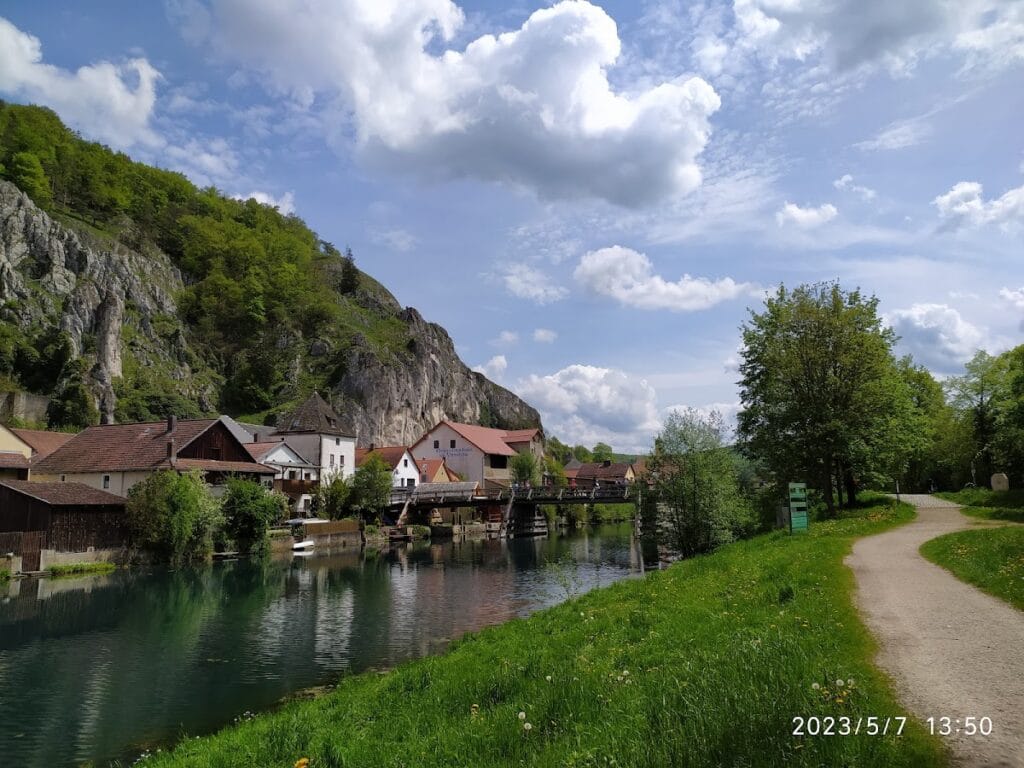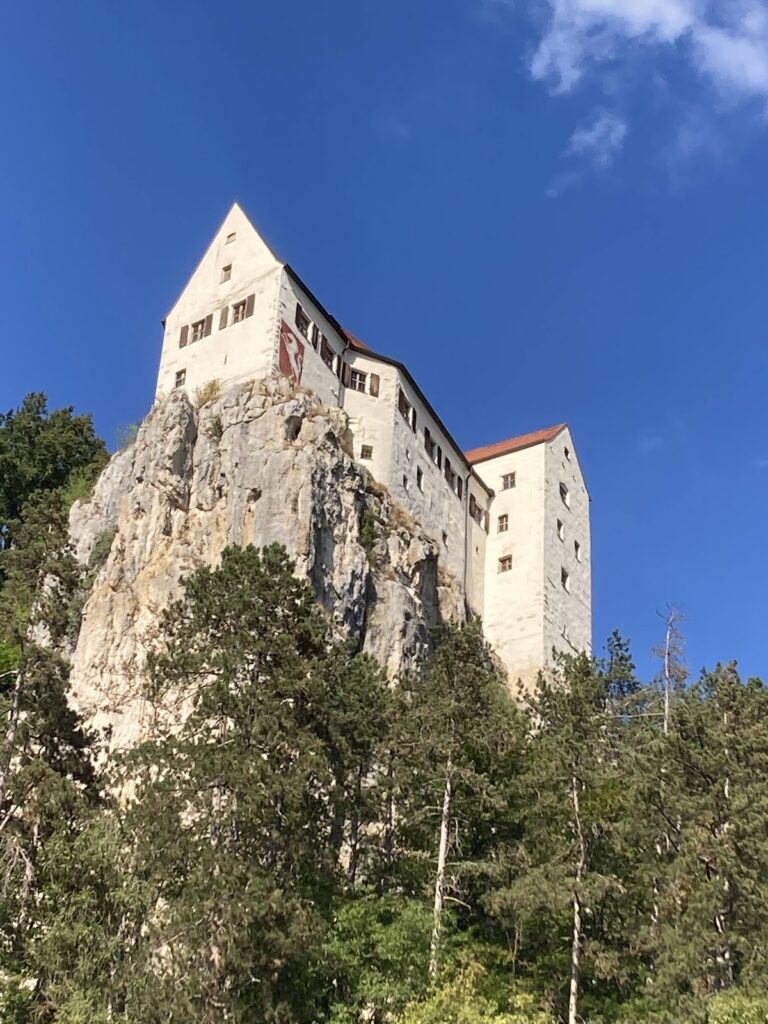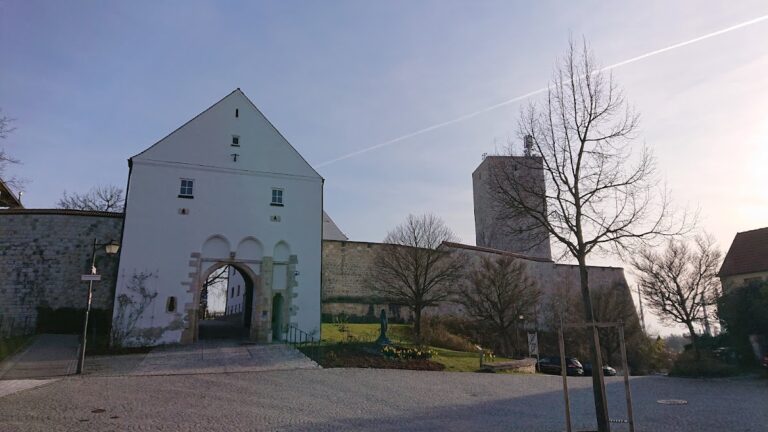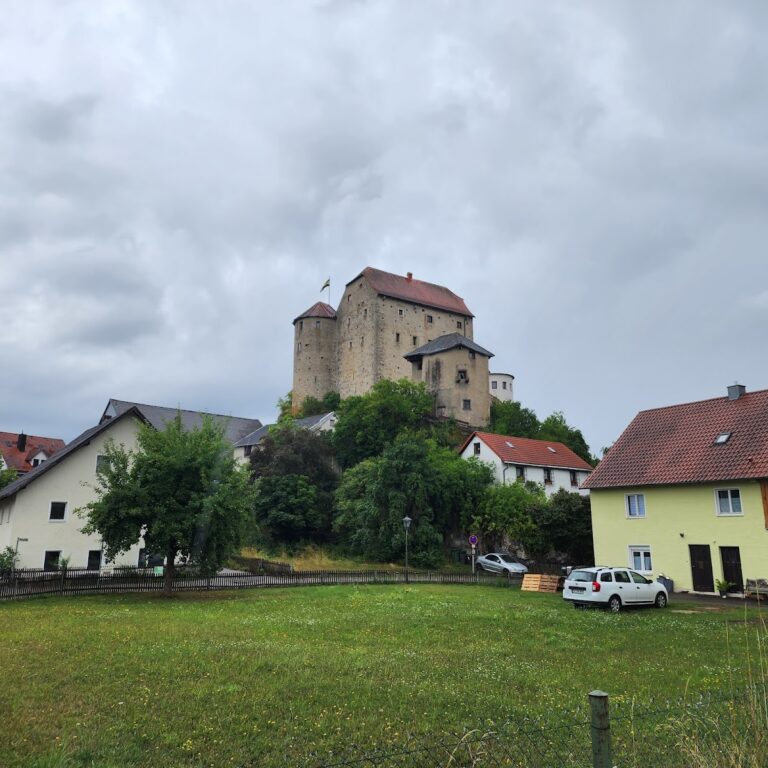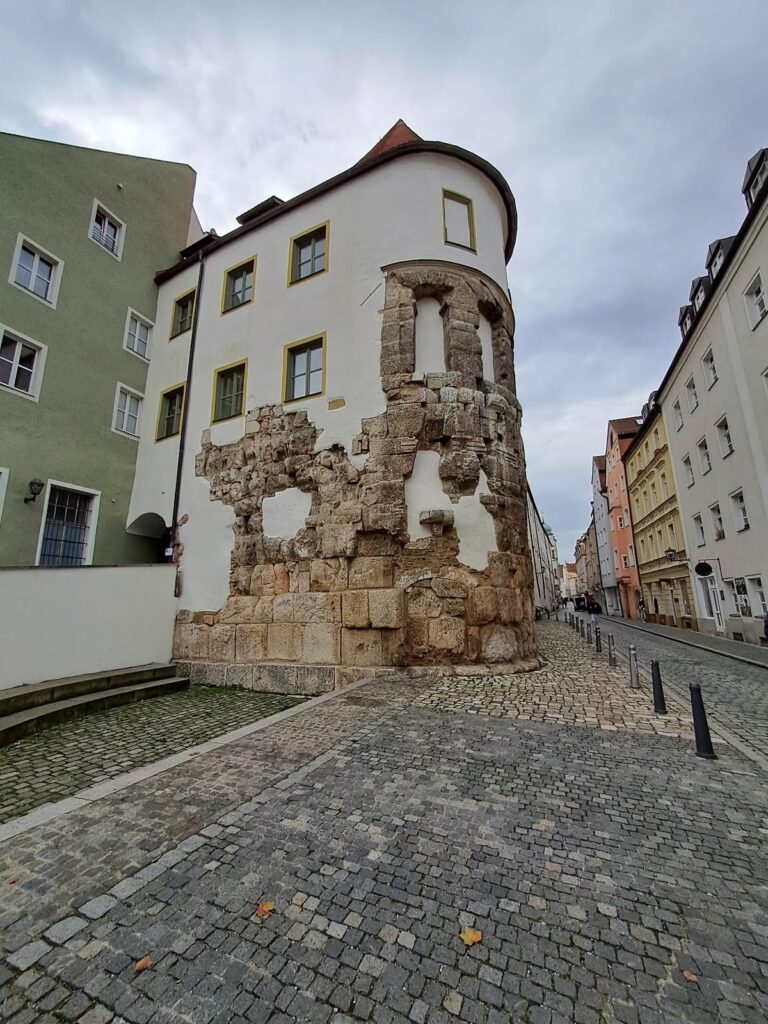Burg Randeck: A Medieval Castle Ruin Near Essing, Germany
Visitor Information
Google Rating: 4.6
Popularity: Medium
Google Maps: View on Google Maps
Official Website: www.herzstueck.bayern
Country: Germany
Civilization: Medieval European
Remains: Military
History
Burg Randeck is a castle ruin situated near the market town of Essing in modern-day Germany. It was built by Bavarian nobility and played a significant role in the region’s medieval history. The first fortifications were likely established in the 10th century by Duke Arnulf I of Bavaria, who sought to defend his lands from Hungarian raids that threatened the area.
During the 11th century, a more substantial castle complex was erected on this rocky hilltop, with further enlargements carried out by the von Randeck family in the 12th century. Around the year 1200, Heinrich von Randeck was involved in a notable conflict concerning his claim to supervisory rights (vogtei) over the nearby Prüll monastery near Regensburg. This dispute, stemming from a fief granted by Count Gebhard III of Hirschberg, was settled when Duke Ludwig I of Bavaria mediated an agreement requiring the von Randeck family to relinquish these rights in exchange for 50 pounds of silver.
By the end of the 13th century, ownership of Burg Randeck transferred to the Babonen family from Abensberg, who were infamous as robber knights. After their family line ended in 1485, control of the castle passed into the hands of the Duchy of Bavaria. In the 16th century, the castle changed hands several times, owned successively by Baron Leonard von Eck (1529), Otto Heinrich von Schwarzenberg (1565), and the merchant noble Alexius Fugger (1594). Two years later, Duke Wilhelm IV acquired it but exchanged Burg Randeck immediately for another property named Schloss Mühlfelden.
The castle suffered heavy damage in 1634 during the Thirty Years’ War when Swedish forces occupied and attacked the region. Later, in 1672, the Jesuit College of Ingolstadt purchased the property. Following the suppression of the Jesuit order in 1773, the castle reverted to Bavarian control and was subsequently acquired by the Order of Malta in 1776. After several decades, the castle returned permanently to the Kingdom of Bavaria in 1818.
Neglect led to structural failures by 1838, including collapses of sections of the outer walls and the main tower. Crown Prince Maximilian II of Bavaria initiated conservation and partial restoration efforts beginning in 1842, which helped preserve the site as a picturesque ruin. A more comprehensive restoration and reinforcement of the remains took place in 1975, ensuring the castle’s survival as a historic monument owned by the local municipality.
Remains
Burg Randeck was originally constructed atop a hill standing 490 meters above sea level. The castle was accessed via a bridge that spanned a moat, which in its earliest form was a drawbridge designed to protect the entrance. The layout included living quarters for the lord on the upper levels and accommodations for servants and soldiers in lower chambers. Cooking facilities consisted of three kitchens, and the site also contained a chapel dedicated to Saint George. Additional spaces included cellars and a well, ensuring the castle’s ability to sustain inhabitants during sieges.
Today, visitors can observe the partial remains of the castle’s outer walls and extensive underground spaces that once served various functions. One of the most prominent features still standing is the bergfried, a tall main tower rising to 36 meters. This tower, built from regularly cut stone blocks, lacks windows and is considered a hunger tower (Hungerturm), a type of defensive structure historically used to imprison captives or act as a last refuge during attacks. A special staircase has been installed within the bergfried, allowing access to a viewing platform at the top, which overlooks the town of Essing and the surrounding valley.
The castle keep, which served as the fortified heart of the complex, also remains partially intact. These ruins have been maintained under Bavarian heritage laws and are officially recognized as a medieval hill castle ruin, classified within the category of “Turmhügel,” which refers to castles constructed on raised mounds or hills with prominent towers. The current condition of Burg Randeck presents a mix of preserved stonework and evocative ruin, reflecting both its long history and the efforts taken to stabilize and protect it for future generations.

